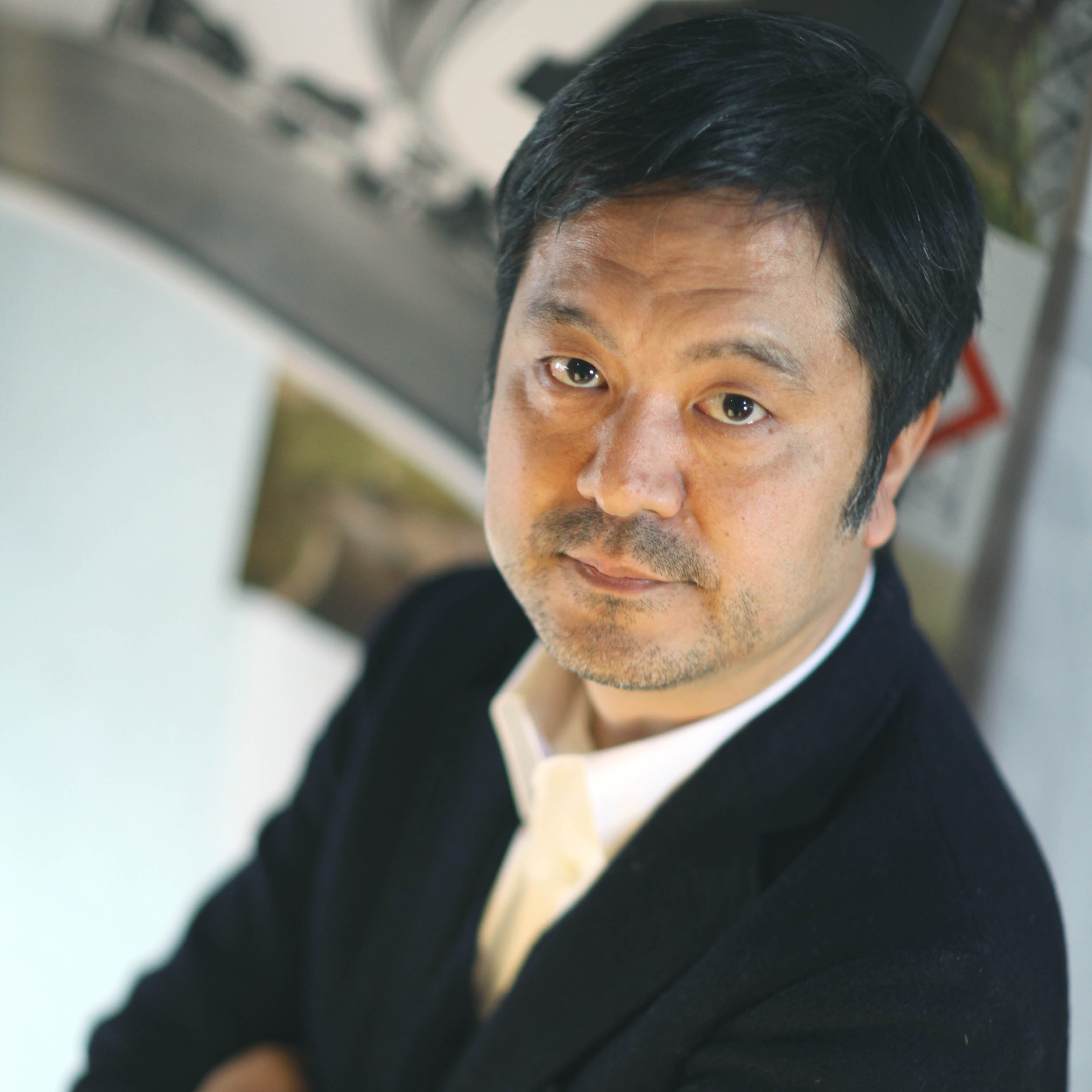An impressive breadth of learning across five departments seeking ways of living more sustainably
Four-Year Course of Study
-
1STYEAR
Learning a broad range of skills and expertise through a cross-disciplinary and hands-on approach
In their first year, students gain a broad range of knowledge across a variety of disciplines. The curriculum provides an understanding of the humanities, history, society, and international issues, which comprise the foundation of architecture and urban studies, as well as the variety found within human lifestyles. Students also start learning core architectural skills such as design and drafting.
-
2NDYEAR
Deeper understanding through seminars and practical experience
Students take advantage of small class sizes to start their individual research on a topic that is of particular interest to them, involving external surveys and fieldwork, cultivating an awareness of real-world issues, and discovering issues they wish to explore. Students also deepen their understanding of Japanese culture and globalization.
-
3RDYEAR
Travel in Japan and overseas for in-depth research
In addition to their research in Japan, students visit and conduct research in places such as Southeast Asia (Vietnam, Thailand, Hong Kong, etc.), Africa (Senegal, Ghana, Mali, etc.), or Brazil. Upon returning to campus, students continue to verify their hypotheses through seminar presentations and guidance from faculty.
-
4THYEAR
Crafting new propositions through graduation research
Students use their comprehension of the present situation refined through research and the knowledge gained from their experiences thus far to engage in graduation research on people’s lives, the nature of communities, and urban development. Their efforts culminate as new propositions in the form of a graduation thesis or graduation design.
What You Will Learn
- The ability to communicate with people on a deeper level and propose ideas with a flexible growth mindset
- The practical skills necessary to create sustainable communities built on a deep understanding of culture and region
- The professional skills required to plan and render architecture and cities that enrich people’s lives
Program Highlights
-
Cross-disciplinary learning that spans five departments
Students take a cross-disciplinary approach to their studies by enrolling in classes offered by the faculties of art, design, and manga with a focus on international culture and architecture, which allows them to consider and flexibly craft propositions about future lifestyles and new communities without being bound by conventional academic disciplines.
-
Learning through dialogue and small intake of just 16 students per year level
The small, seminar-style learning experience of the program provides students with many opportunities to present their ideas by exchanging opinions and sharing their awareness of issues. Through the guidance of faculty members and the opinions of their seminar classmates, students gain an understanding of different viewpoints, learn about a variety of social issues, and broaden their perspectives on problem-solving methods.
-
Practical learning through fieldwork experience
Students conduct fieldwork in a wide variety of locations across Japan and overseas. We also provide a comprehensive internship system that includes working with NPOs that engage in activities related to community development. Students refine their analysis and consideration of human environments based on their actual experiences.
Examples of Research Themes
- Research on Depopulation and Revitalizing Communities in Mountainous Regions
- Reviving Traditional Townhouses and Transforming Communities
- Community Development for a Declining Birthrate and an Aging Population
- Theories and Myths Regarding the Restoration and Conservation of World Cultural Heritage Sites
- Urban Expansion and the Transformation of Existing Communities in Vietnam
Careers
Available Qualifications
- 1st-class Kenchikushi (by examination)
- 2nd-class Kenchikushi (by examination)
Voice
-

Toshiaki Kawai Academic Faculty Architectural Design as Environmental Management
As an architect, I have many opportunities to reconcile the interests of people in different positions in my day-to-day architectural design work. One day, I realized that this very act of reconciliation was a key part of resolving environmental issues, and I became interested in pursuing architectural design as a form of environmental management. My seminar engages in the development of a universal model of architectural design and urban development that can be used in cities around the world. I would like students to compare Kyoto with other cities in their observation and analysis and apply local perspectives to give shape to their ideas on a global scale. Architectural design involves a variety of constraints and problems, but when we persist in searching for solutions whatever the situation, there are moments when the solution to the puzzle suddenly reveals itself. The joy of architectural design is in these moments. -

Andrea Flores Urushima Academic Faculty Proposing Improvements to Living Environments Based on the Human-Nature Relationship
I have focused on the relationship between human living and environmental change in Brazil, Japan, and other regions. When urban development in geographically distant regions is compared, similarities and differences become evident, which is indicative of a combination of universal human characteristics and unique local attributes. I believe that an awareness of the diversity and complexity of modern society through urban design will inform the conditions for creating a better world. In my seminar, we investigate how humans (culture) and nature (water, climate, plants, animals, microorganisms, etc.) relate to each other and propose ways to improve our living environment. Observation and mapping reveal changes over time as well as connections and differences among areas that are geographically distant from one another. Anyone interested in understanding the linkages between their surroundings to faraway places, or that of the past to the future is welcome to join us. Looking forward to learn together with you.

